Ducks are an immense group of aquatic birds, known as waterfowl. They are in the Anatidae family, and share this family with swans and geese as well. As a group, the vast majority of these birds are smaller than swans and geese. They usually live in fresh waters like lakes and ponds, but some species live in brackish or salt water. Read on to learn about the duck.
Description of the Duck
It is virtually impossible to describe these, because there are just so many different kinds! The stereotypical “duck” has a torpedo shaped body, rounded head, and a slightly flattened and rounded bill.
Some species are quite small, while others are larger, but they are smaller than geese and swans. They also have relatively long necks, but again, shorter than geese and swans. The largest species is the Muscovy duck, which grows up to nine pounds.
Interesting Facts About the Duck
There are just so many different species of these interesting waterfowl, so Instead of throwing random facts at you, we will highlight some of the most unique duck species around below!
- Mandarin Duck – Mandarin ducks are elegantly beautiful. Their feathers, or plumage, have several different colors and patterns. Those colors are not drastically bright, but they are incredibly cohesive and beautiful. These birds look like a home designer carefully chose which sections to paint in order to create a cohesive package!
- White-Faced Whistling Duck – This species is exactly what it sounds like. Their faces have white feathers, and their vocalization is a high-pitched whistle. What makes this species so interesting is that vocalization we just mentioned. When these birds call to one another, they sound exactly like a squeaky toy.
- Ruddy Duck – Ruddies have bright blue bills, and oddly stiff tails. In fact, they are part of a group called “stiff-tailed ducks.” The ruddy’s bright blue bill fades once the breeding season is over and the females have been thoroughly impressed.
- King Eider – This species is a duck, but you wouldn’t know by looking at them! The males have an odd bulbous crest on their heads, known as a “knob.” This knob is bright yellow, and there isn’t a single, non-dinosaur species to compare this duck’s head to!
Habitat of the Duck
There are many different species of these birds, and they live in a wide variety of habitats. These creatures are waterfowl, and of course live in regions with water, and acquire most of their food in and around the water.
They inhabit lakes, ponds, rivers, streams, retention ponds, wetlands, marshes, bays, and more. Different species have different habitat preferences.
Distribution of the Duck
Ducks live virtually across the globe, and some species even range into sub-Antarctic and Arctic regions as well. Various species live in North, Central, and South America, Europe, Asia, India, Africa, Australia, and more. Some species live across entire continents, while others live on just a single island. Each individual species has its own range and distribution.
Diet of the Duck
Different ducks have different diets. Some species are primarily herbivores, and eat mostly plants. Other species are mostly carnivorous, and hunt for fish, insects, and small animals. Many species eat both, and are omnivorous.
Ducks have two feeding strategies, some dabble for food and others dive. Dabbling ducks usually do not dive below the surface, but simply tip upside down and use their long necks to reach their food underwater. Conversely, diving ducks dive all the way underwater to search for food!
Duck and Human Interaction
Humans and ducks interact in many different ways. We have domesticated some species for food, eggs, feathers, and as pets. Hunters find other wild species popular for sport and for their meat and feathers.
Humans are destroying the habitats of some species of these birds as well. The various human interactions cause different levels of threat to different species. Some are incredibly common and widespread, others incredibly rare.
Domestication
Humans have domesticated some species of ducks. From these species, we have developed many different breeds in a variety of sizes and colors. We keep domestic ducks for food, eggs, pets, and for their feathers. Humans domesticated two primary species into the breeds we know today, the mallard duck and the Muscovy duck.
Does the Duck Make a Good Pet
Yes, some species make good pets, but only to the right people, and they should never be household pets. They need lots of space to graze and search for food, and plenty of water to swim in. Wild duck species are never good pets. Domesticated species are friendlier and easier to raise.
Duck Care
Providing for domestic ducks is slightly more difficult than some other types of poultry. These birds need plenty of space, and also plenty of water. They should have a large water body to swim in, and clean water to drink out of.
It is important to protect your waterfowl from predators as well, using protective fencing and enclosures to roost in. Many different companies have produced a wide variety of pelleted feeds for these birds.
Behavior of the Duck
Behavior varies from species to species. Many species are very social, and they live in groups called “flocks,” and they swim, roost, and forage for food together. Other species are less social, and either live alone or in pairs. Ducks communicate using a wide variety of sounds. While some “quack,” the vast majority do not. Some whistle, squeak, grunt, hiss, and more.
Reproduction of the Duck
Many species of these waterfowl reproduce with one mate per season. Other species mate with one partner for life. Most species build their nests close to the water, and some even use hollows in trees as their nests.
Once their babies, called “ducklings,” hatch, the female leads them to the water. Female ducks protect their ducklings and lead them to food until they are old enough to fend for themselves.
Beliefs, Superstitions, and Phobias About the Duck
Perhaps the largest duck-based superstition, or rumor, is that duck quacks don’t echo. Scientists have debunked this on several occasions, and ducks’ quacks do echo. Regardless, there is virtually no consequence if a duck’s call has an echo or not.



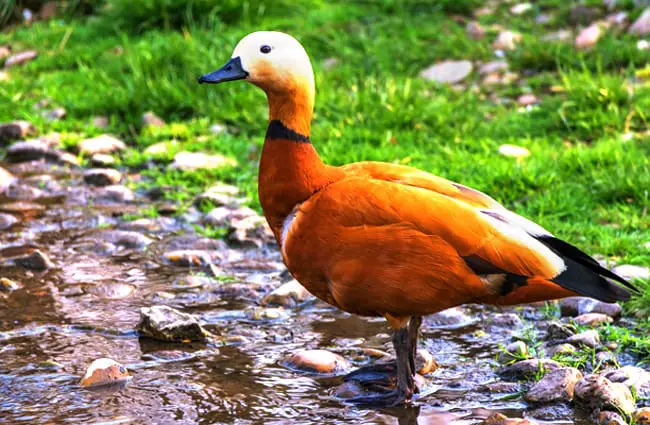

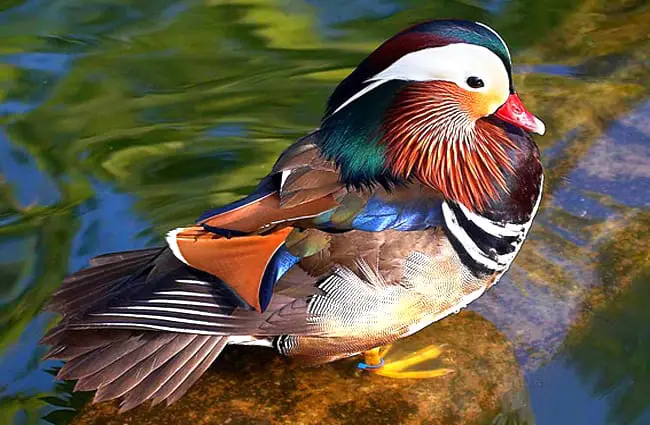
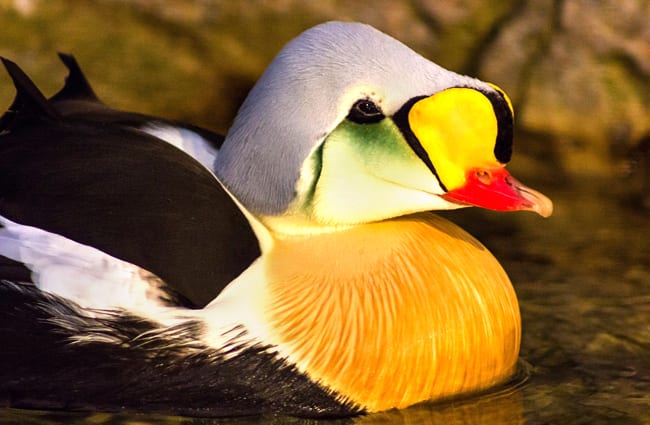


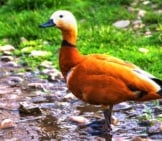
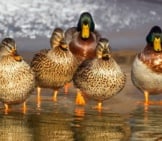
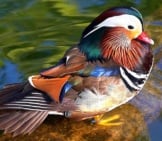
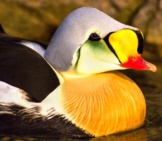
![Red Angus Closeup of a beautiful Red Angus cowPhoto by: U.S. Department of Agriculture [pubic domain]https://creativecommons.org/licenses/by/2.0/](https://animals.net/wp-content/uploads/2020/03/Red-Angus-4-238x178.jpg)












![Red Angus Closeup of a beautiful Red Angus cowPhoto by: U.S. Department of Agriculture [pubic domain]https://creativecommons.org/licenses/by/2.0/](https://animals.net/wp-content/uploads/2020/03/Red-Angus-4-100x75.jpg)

